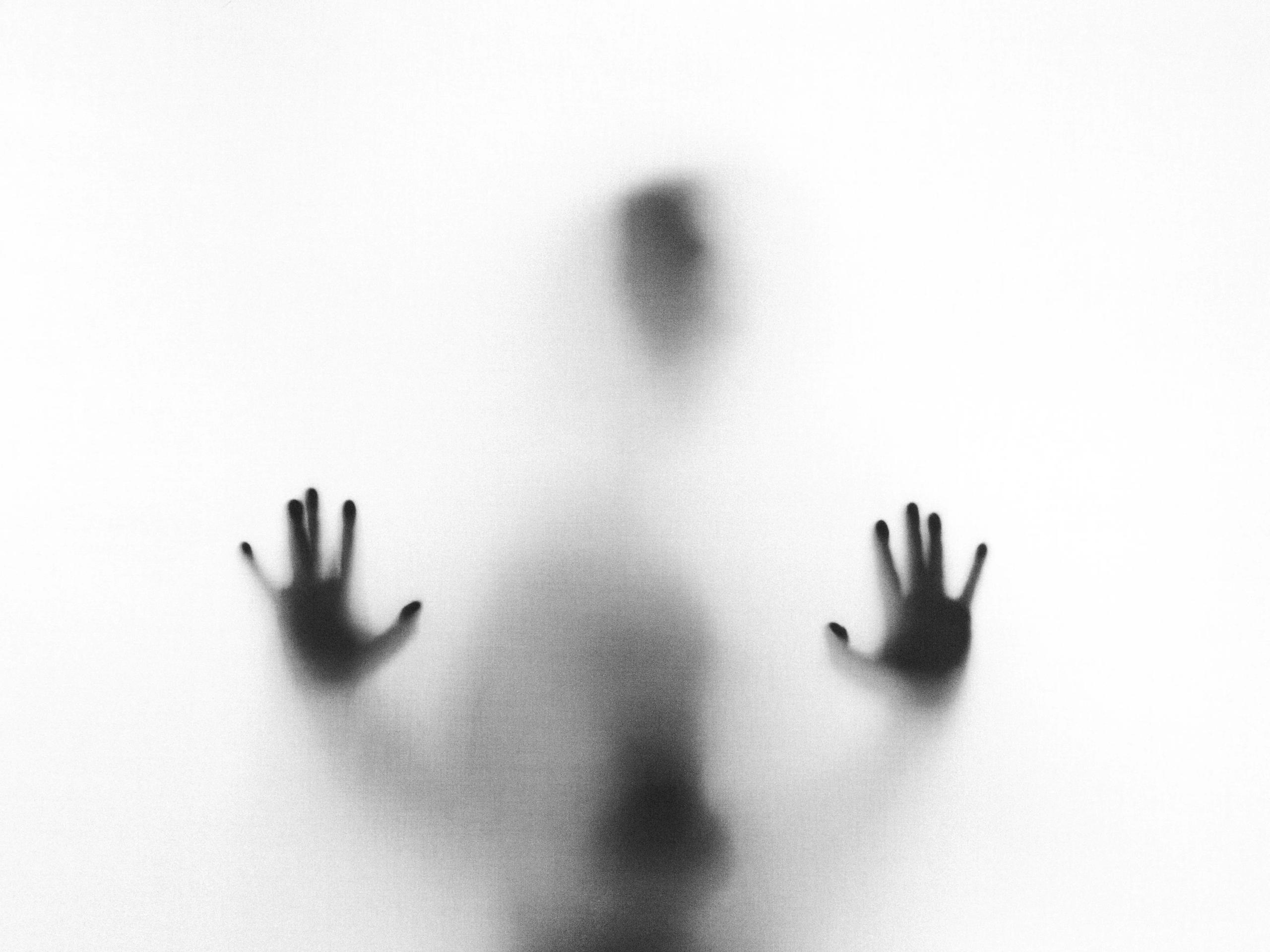Will we be hit by a new wave of mental health problems after Covid?
18. oktober 2023 kl. 09:57 · 5 minutter å lese

The year may be near its end, but it has been a hard and tumultuous time throughout the world.
The introduction of COVID-19 into the international maelstrom has further put into focus the issue of mental health. On top of everything else, millions of people are now dealing with the cumulative effects of isolation against a backdrop of economic chaos and uncertainty.
The Silent 'Pandemic'
But these things have only amplified pre-existing trends. Long before COVID, many in the health sector had referred to mental health issues as reaching pandemic proportions. That there has been a rise in cases of depression and anxiety seems undeniable.
According to one study, between 2009 and 2017, diagnosed cases of depression increased by 26% in Germany alone. In the US a similar report suggested a possible 33% rise in cases of major depression over the course of just 2013-16. Worryingly for the future, the rise was most dramatic in those under 34.
The reasons for these figures are less clear. Some are clear, some are less so.
On the one hand, the world of work is becoming more high-pressured than ever before. The economic recovery since the 2008 crash has been stunted and unevenly spread, even 12 years after the event. The new gig economy, widespread urban housing issues and difficulty accessing services like mental health provision have heaped pressure on us all. Social media has made us more interconnected than ever but also exacerbated interpersonal pressures, leading us to compare ourselves to ever more unrealistic standards of beauty and success.
It’s against this background that Covid then brings in additional fear, isolation and less social interaction. All these factors are known to be detrimental to mental health.
Seeing is Believing
However, on the other hand, a growing awareness is slowly breaking down many of the taboos that once existed around mental health. This in turn makes it easier for those in need to seek help and, thereafter, a diagnosis.
That’s what perhaps makes it so frustrating for campaigners that in many quarters, stigma and denial of mental health still persists.
If we could only see a mental disorder with the same ease that we could see a broken arm or an allergic reaction then conditions that are no less severe could be treated better, if not outright prevented.
We can remove known allergens from the office environment, we can minimise potential safety hazards, but many places are still failing to put down so much as a ‘wet floor’ sign in terms of mental health provision.
Nevertheless, there are some governments and companies that are waking up to the fact that, just because mental health conditions can be difficult to see, doesn’t mean that they have an invisible effect on the bottom line. Progress may be all too slow, but gradually, more and more organisations are putting in place dedicated systems to support and safeguard their employees’ wellbeing.
Importantly, these early adopters are seeing the cost-savings that they entail.
The Case for Investment
But that doesn’t mean that mental health provision is uniform within countries, let alone across continents.
As far back as 2011, the WHO called attention to global underinvestment in mental health - as little as $0.25 per capita in some countries. Although the situation has improved greatly since then, there is still a long way to go. Today’s world is one where 1 billion people will experience a mental illness, but where 75% of mankind has no access to mental health services.
The theme of this World Mental Health day was strengthening investment in mental health the world over. How much has this really been heeded? It's tempting to say 'time will tell,' but the fact is that, even with promising news on vaccines, new waves of lockdown measures and economic uncertainty make that time ever shorter.

